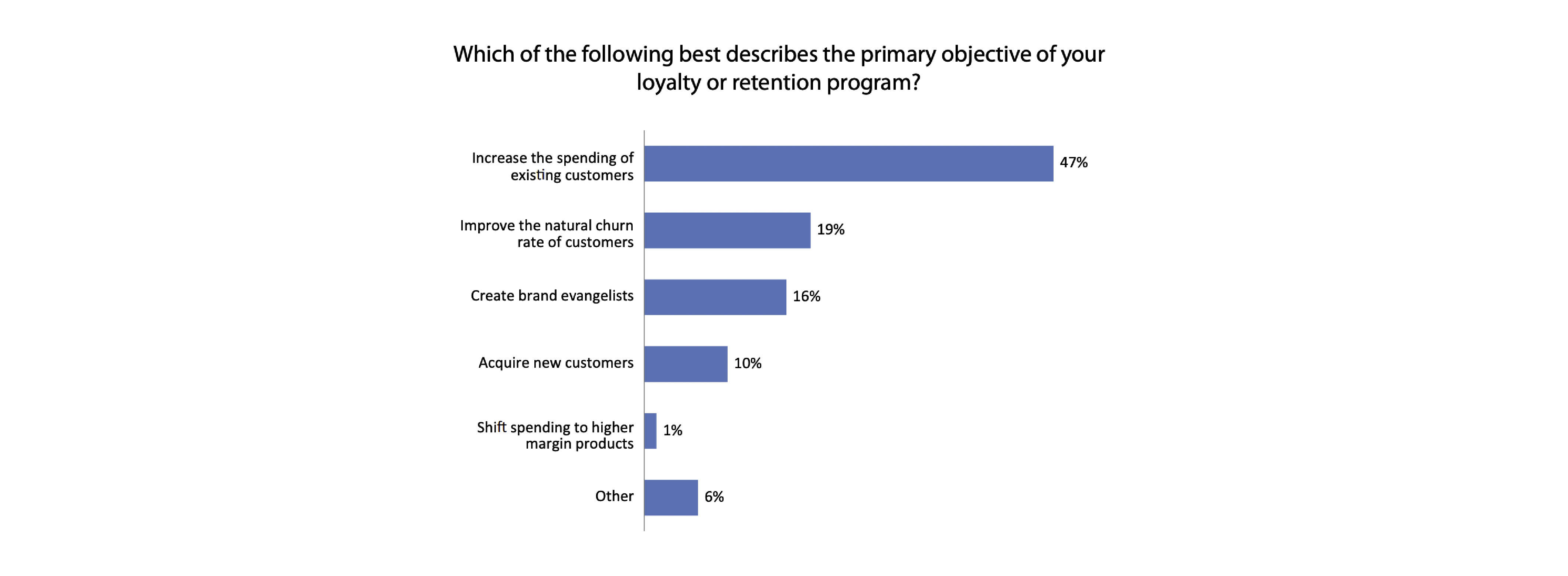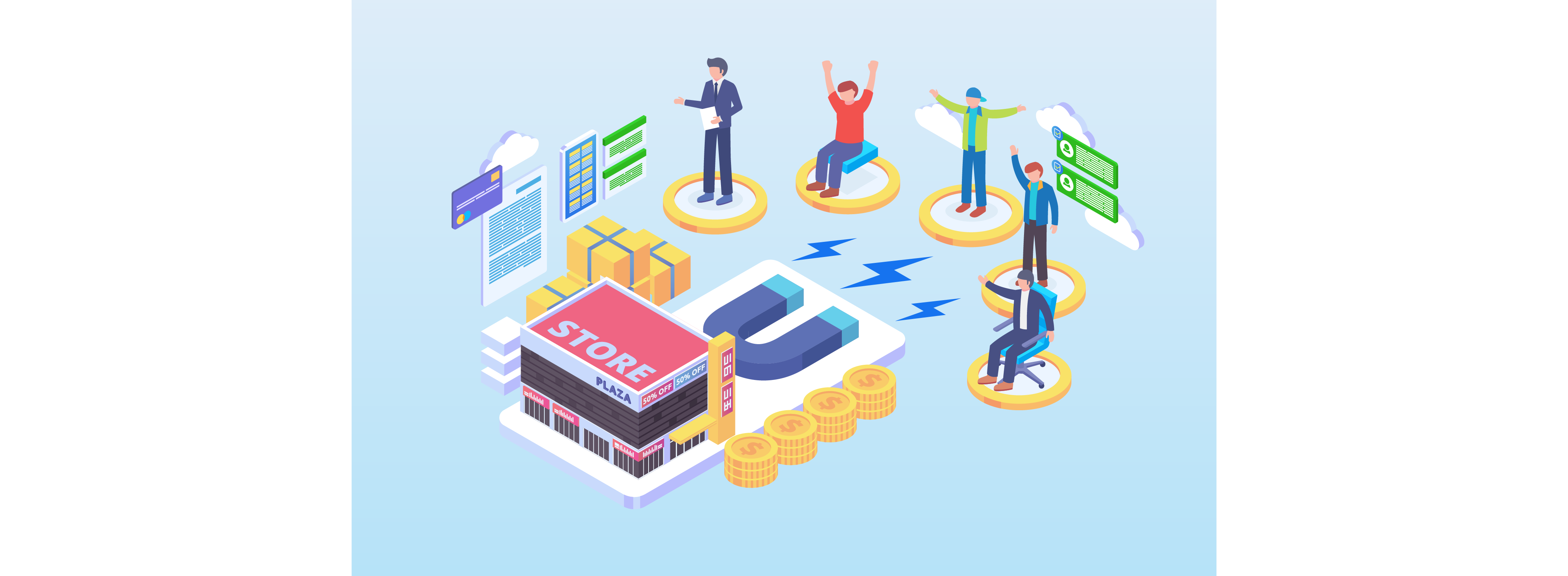There are hundreds of sales metrics that you can track, but tracking only a couple of key metrics will provide a rough estimate of how well a business is doing. Some of these key metrics include year-over-year growth, monthly recurring revenue, customer lifetime value, and customer retention rate.
In this short overview, we’ll talk about the latter. Read on, and you’ll learn why you need to measure this metric, how to measure it, and what CRR numbers you should be aiming at.
Why is CRR Important?
There are two main ways to generate revenue business: rely on long-standing loyal customers or constantly acquire new ones. Every business should work on acquiring new customers, but if an average customer will only make a couple of purchases before leaving you, it’s going to become expensive.
With a constant need for new clients, the cost of acquisition is going to eat up budgets really fast, leaving little cash flow left after marketing expenses have been covered. Depending on your industry, the sales process may take between one week and several months. All that time and effort by your sales team could be redirected towards upselling existing customers who already know you and trust you.
Evidence suggests repeat business could bring you considerably more profits in the long run. Existing customers are 31% more likely to spend more, and in most businesses, the process of upselling can be easily automated. By comparison, many stages of the sales process cannot be entirely automated, requiring your team to work more to secure an equal amount or even less money for the company.
That’s why, when it comes to customer retention, the primary focus of large companies surveyed by Loyalty360 is on upselling existing customers, as shown in the graph below:

Measuring CRR is extremely important, as seeing this metric fall means you need to implement something before client acquisition costs put a hole in your budget.
Customer Retention Rate Formula
There are multiple ways to measure customer retention rate depending on your business model and industry. The most universal formula, however, is this one: the difference between the total number of customers within a given period and new customers in the same period divided by the total number of customers at the start of the period.
Use this simple formula to calculate CRR:
CRR = ((E-N)/S) x 100%
E = Total number of customers at the end of the period
N = Number of new customers added within the period
S = Total number of customers at the beginning of the period
Here’s an example. Let’s say there’s a small B2B company that wants to measure the yearly CRR. At the end of the year, the company has 160 clients. During that year, they added 80 new clients. At the beginning of the year, the company had 100 clients. Therefore, the values used in the formula look like this:
E = 160
N = 80
S = 100
((160-80)/100)*100% = 80%
During the year, this company acquired 80 new clients and lost 20. This gives us a CRR of 80% which, in most industries, is quite good.
Measuring CRR with this formula can be done easily in a program like Excel or Google Sheets, allowing you to automate month-over-month or year-over-year reporting. To do that effectively, you’ll need a way to store and access historical data for reporting.
Another major thing that you will have to sort out if you’re new to the industry you’re in is what constitutes the criteria for an active client. All industries differ in the typical timeframe of purchases. If you run a SaaS company or any other kind of subscription-based service, it’s easy to see what clients you’ve lost.
If not, clients may typically make a purchase weekly, monthly, or even on a larger timeframe. To be sure you’re measuring CRR correctly, you need to figure out what’s the accepted purchase schedule that can classify your client as active or lost.
With that figured out, just copy and paste the formula provided above into your spreadsheet, replace values with appropriate A1 notation, and your CRR is calculated.

What Is a Good CRR?
Now that you know your customer retention rate, the question is, should you work on improving it. That can be a tough one to answer because different industries tend to have large disparities in average CRR. According to Statista, the retention rate in IT services is close to 85%, while numbers of the hospitality industry average around 65%. In retail, it can be even lower.
It’s true that a higher retention rate is always better, but you’ll find out that the higher you climb, the less result your efforts generate. If your CRR is below 30%, it shouldn’t be too difficult to give it a much needed boost. If it’s 80%, the odds are you will have to put in a lot of effort to increase the stat by a few percent.
Your ideal roadmap on improving CRR should look like this:
- Continuously measure CRR
- Compare it to the industry average
- Implement an improvement strategy
- Continue until further efforts produce little results
Improving CRR
Not satisfied with how your CRR came out? Fixing it can be a long journey and you’ll have to do a lot of analysis and testing before you get to the desired numbers. Here are a few approaches to give you an idea of where to start:
- Improving customer service quality can lead to an increase in CRR.
- Working on improving trust can also be a good strategy as trust is a major factor in brand loyalty.
- The hardest strategy that will probably yield better results in the long run is rethinking certain aspects of your business that may be putting clients off and fixing them.
In the end, seeing a low CRR number can be frustrating, but by figuring out a way to increase it, you will build a better brand and a stronger business model in the process.



